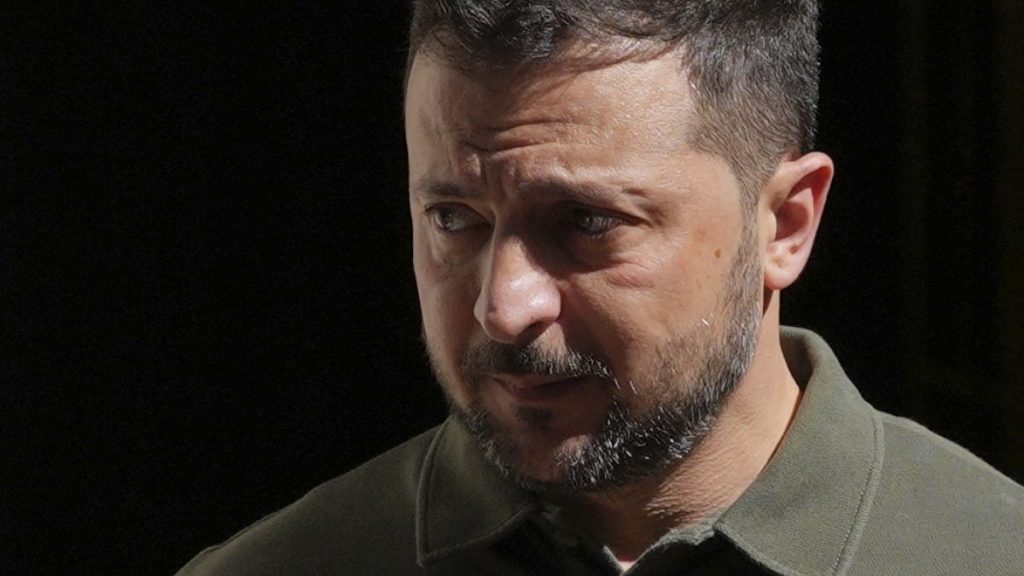Ukrainian President Volodymyr Zelenskyy recently announced that Ukraine will present its “victory plan” to Washington in September. The plan aims to secure support from both Kamala Harris and Donald Trump, with the success of the plan depending on their backing. Zelenskyy outlined four key components of the plan, including military operations in Russia’s Kursk region, Ukraine’s strategic position in global security, diplomatic efforts to force Russia to end the war, and an economic aspect that was not elaborated upon.
The focal point of the victory plan is the military assault on Russia’s Kursk region, which began on August 6 and led to the withdrawal of Russian troops from eastern Ukraine. Zelenskyy highlighted the importance of this incursion in preventing the potential occupation of other Ukrainian regions such as Kharkiv, Sumy, and Chernihiv. However, Russia continues to advance in its plan to fully occupy the eastern Donbas region. The success of the victory plan hinges on these military operations and their impact on the ongoing conflict in Ukraine.
One major concern arising from Ukraine’s incursion into Russia’s Kursk region is the potential risk to a nuclear power plant located in the town of Kurchatov. International Atomic Energy Agency Director General Rafael Grossi expressed his worries about the safety and security of the plant, particularly in light of recent developments near the facility. Grossi emphasized the vulnerability of the nuclear reactor core to possible attacks from drones, missiles, or artillery, highlighting the need to prevent any accidents or violations of safety protocols established by the IAEA.
Following his visit to the Kurchatov plant, Grossi is set to travel to Kyiv next week for a meeting with President Zelenskyy. The purpose of the meeting is to discuss the potential risks posed to the nuclear plant and to determine a path forward to ensure its safety and security. Grossi stressed the importance of cooperation between Ukraine and the IAEA to prevent any nuclear accidents from occurring as a result of the ongoing conflict in the region. The focus is on preserving the safety of the plant and preventing any incidents that could have catastrophic consequences.
The incursion into the Kursk region is seen as a critical aspect of Ukraine’s victory plan, with Zelenskyy hoping to garner support from the United States to help execute the plan successfully. The military operations in the region have played a significant role in pushing back Russian forces from eastern Ukraine and preventing further occupations of Ukrainian territory. The plan also includes diplomatic efforts to end the war with Russia and strategic positioning in the global security landscape to strengthen Ukraine’s position in the conflict.
Overall, the success of Ukraine’s victory plan is contingent on a multi-faceted approach that incorporates military, diplomatic, and economic strategies to counter Russian aggression in the region. The focus on the Kursk region as part of the plan underscores the importance of military operations in shaping the outcome of the conflict in Ukraine and preventing further escalations. Cooperation with international agencies like the IAEA is crucial to ensuring the safety and security of critical infrastructure, such as nuclear power plants, in the midst of ongoing hostilities.


